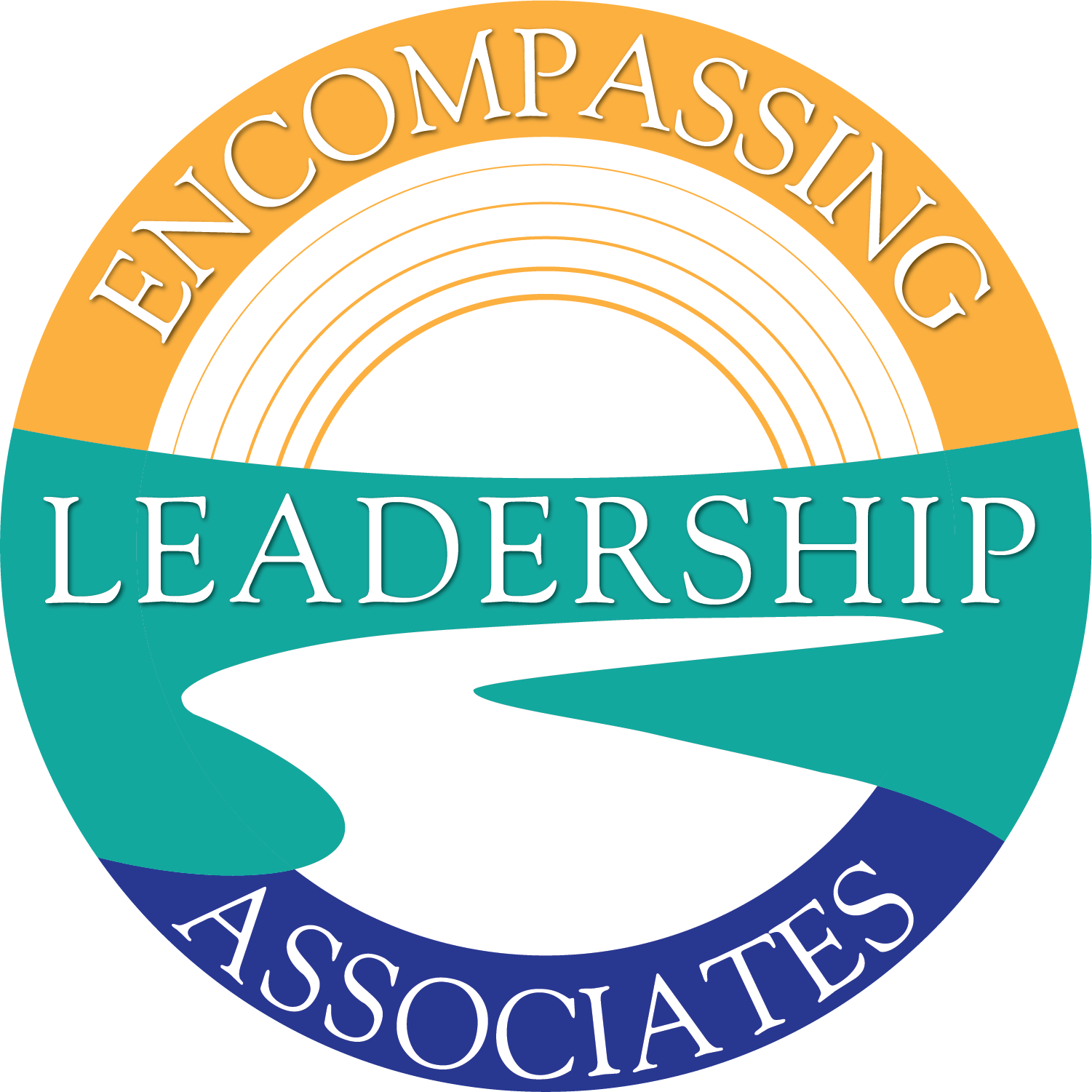The Right Leadership
Leadership can have a Goldilocks and the Three Bears feel to it. A leader’s approach and/or intensity of effort may be too cold, too hot, or just right. Each approach, in the right measure, can be appropriate at given points. It is when we rely on the same formula for every setting that we may be ineffective or worse. There is also a question of balance; knowing when to shift or to shift back along with degree of effort.
As we move through life, we take on more and detach from our original surroundings. However, we sometimes become too overly reliant on a hands-off approach. In extreme cases, it can be characterized as leadership avoidance. A remote approach may be due to limited time, reduced energy, or natural inclination. For some, there is a necessity in inhabiting an office for the majority of time. The same argument could be used for immersing oneself in email and data. We may prefer spending time in the company of our peers. Yet to truly grasp the nuances of our lives, the challenges that face us, and the opportunities that are available to us, we have to travel outside our zones of comfort. By engaging outside our artificial boundaries, we become informed, better skilled, and stronger through trial and error.
Because of past success using a directive approach, some are stuck in a command and control pattern of leadership. Given urgent deadlines and unproven levels of knowledge and skill, a hierarchical process makes sense. At its worst, a strictly authoritarian practice can display impetuosity and a lack of trust. It is a not a style that patiently lets others misstep, learn, and develop. A white knuckled hands-on approach leads to short-term wins, but not long-term growth. A universal unilateral approach to leadership is dangerous for today. Our worlds are too fast paced, too complex, and too evolving for one person or a select group of people to accurately and adequately lead. Spreading the wealth of leadership involves people who are subject matter experts and also strengthens their leadership ability.
Determining the best approach requires assessments of people, settings, and objectives. Evaluate whether sufficient resources and expertise are in place. Revisit the mission for overall relevance and acceptance. Identify the internal and external constraints. Consider the urgency and complexity surrounding objectives. With sufficient information, one can discover the appropriate leadership method and depth of approach. The benefits are many: shared understanding, strong leadership from many sources, and optimal outcomes.
Articles from Encompassing Leadership Associates





